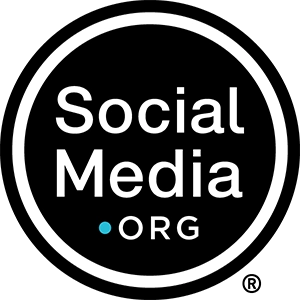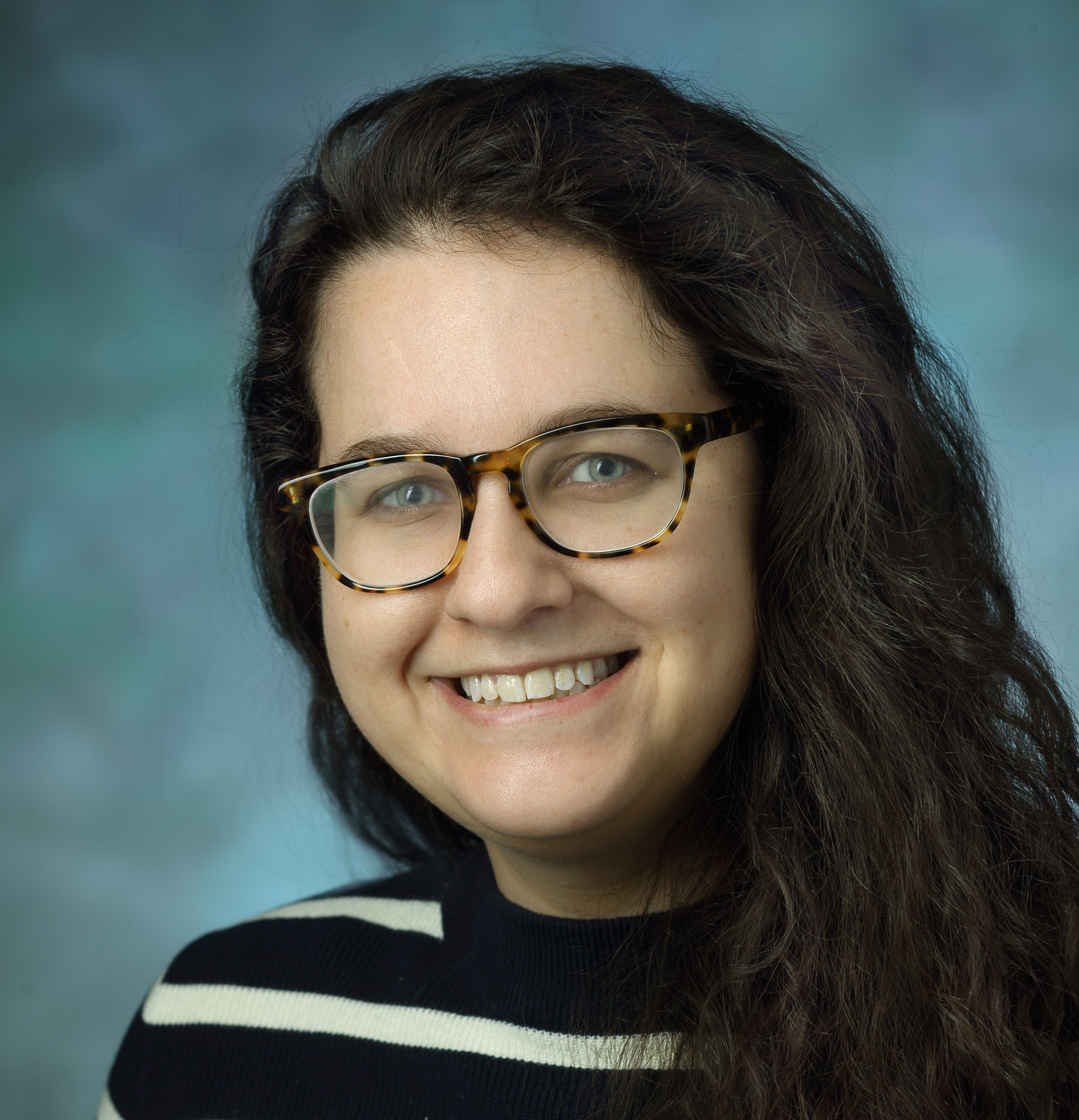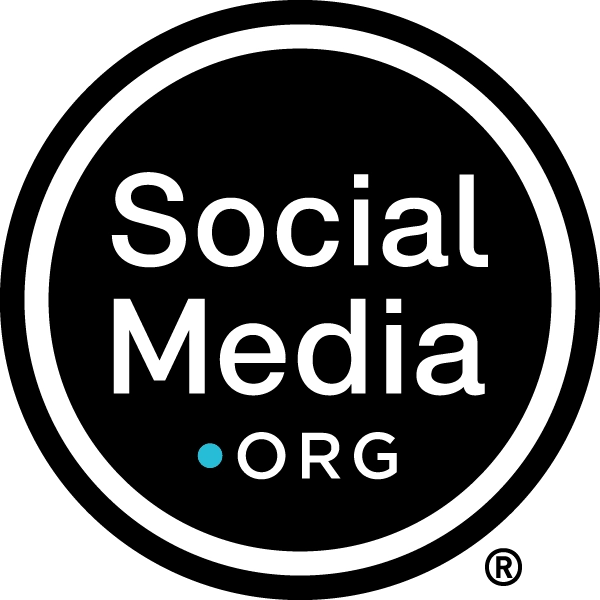When Sara Feldman joined Johns Hopkins Medicine as an Internet Marketing Specialist, their Instagram page was still pretty new. Since then, she’s helped double the page’s following and develop a content strategy for the platform based around employee spotlights.
“When we first started with Instagram we were posting a variety of different types of images,” she said. “We mostly used content we already had and created infographics and illustrative content.”
Then, they shared an image of an employee in scrubs on the platform and received a lot more engagement than their standard content.
“We tried to analyze that and realized the people following us, mostly employees and people in the community, wanted to see our staff and use Instagram as a way to get to know them,” said Sara. “That’s when we realized the importance of being able to give a behind-the-scenes look at our staff and all the great things they’re doing.”
She added when people think about big health systems, they generally think about nurses and doctors — not necessarily the vast variety of other staff that help it function.
Now, employee spotlights have become the cornerstone of their Instagram strategy.
The team focuses on featuring employees for their work inside as well as outside the hospital. “We have some recent videos from an MLK commemoration that talk about the impact of our employees on their community, because the Baltimore community is such a large part of who we are and what we do,” Sara said.
They also continue to re-share content from Johns Hopkins Medicine’s other social channels, she said.
“Whether that’s our therapy dogs, plastic surgery channel, or the children’s center channel, we pull all of that together and use our Instagram as a way to showcase everything Hopkins has to offer,” she said.
Their specific goals are to feature about 30 employees over the course of a year and make sure there is job and location diversity among those employees. According to Sara, they also make sure to promote health awareness months — and employee spotlights are often a great way to do that.
Sara works across teams to find and select employees to spotlight.
“We created a workgroup for Instagram with representatives across marketing and communications,” she said. “That includes people from internal communications to our content and media teams. We also have representatives from the children’s center and other entities at Hopkins. It gives us a place to talk about all the things going on with employees.”
She said because there’s always so much happening, but there wasn’t a place to discuss it all. They would hear about notable things after the fact and wouldn’t be able to post about them.
Once they started holding monthly meetings, they were able to get all the teams aligned with their goals and expanding their strategy.
“We were able to start using health awareness to showcase different employees in a way that was relevant,” said Sara. “For example, for Pet Therapy Month, we could showcase our pet therapy dogs. So, once we had all the right parties at the table, then they had the connection to the other staff to make that kind of stuff happen.”
She said they’d send out examples of the types of content they were looking for and share basic guidelines for the types of photos they wanted to post.
“We wanted to get candid photos of the staff, so audiences wouldn’t feel like it’s a head shot,” Sara said. “We want them to feel like they’re getting to know employees on a deeper level.”
Then, they’d meet with the employee who’s set to be spotlighted and get a candid photo along with a quote from the employee about how they feel about working at Hopkins and the impact they feel like they’re making.
Sara added those regular meetings allow them to plan out what types of posts they are going to put out each month.
“At the beginning of the month we decide what we’re going to be doing, and then throughout the month, we work together to compile the photos and videos we need,” she said.
She said they work with the video team to see what kind of footage they have to create videos to showcase large groups of employees.
“Last year for Fun at Work Day, we were able to take a lot of clips that couldn’t be used for other videos — whether it was someone playing piano or people just laughing in the background — and compile it for a post,” said Sara.
Sara said since the strategy shift, they’ve experienced a big increase in followers (the page is currently at 98K), and the comments they’re receiving are more thoughtful than ever.
We are always looking to stay current and come up with different ways that our experts can directly connect with our consumers.
“Since we’re posting more photos of people, the comments have been deeper than we’ve seen in the past,” she said. “We get a lot of compliments on our staff. We’ve had someone say they were thankful for them, and we also see people tagging each other in the photos.”
According to Sara, they’ve also received comments from people who didn’t realize certain roles existed at Johns Hopkins.
“For example, we posted about an interpreter at Hopkins, and we got a lot of engagement on that photo of people saying things like, ‘I didn’t know you had interpreters at Hopkins,’” she said. “We even had someone say becoming an interpreter at Hopkins was their dream job.”
That increased engagement also led to a moment in 2018 that Sara is especially proud of, when they were able to take action on a suggestion from a follower.
They had shared a photo of the dome lit up pink in honor of Breast Cancer Awareness Month in October, and a follower commented on the photo suggesting they do the same thing for Pancreatic Cancer Awareness Month in November.
“We were able to use that comment and show we’re listening to our followers by working with our facilities department and get the dome lit purple for part of November,” Sara said. “Then we were able to post a photo of that and tag the person in our comment section.”
Throughout the shift, Sara has come away with some key takeaways around working with a cross-functional team.
She emphasized the importance of giving people plenty of time and notice to get the photos and quotations. “It definitely takes more time when you’re in a role where you’re up and moving around the hospital all day rather than sitting at a desk,” she said. “There isn’t always an opportunity to get a picture taken.”
She said it’s also important to not only provide guidelines around the types of content they’re looking for, but to make sure they explain their expectations in a thoughtful way.
“We need to be able to articulate our strategy well,” said Sara. “Not everything is a good fit for social media, so we want to help them figure out what works and how to take photos that are a good fit for social.”
Moving forward, Sara hopes to build out a strategy to continue promoting employees in new ways.
“We are always looking to stay current and come up with different ways that our experts can directly connect with our consumers,” she said. “We are utilizing Facebook Lives, Instagram Q&As, IGTV, and continuing to look for innovative ways to connect to our community.”
For other leaders looking to grow their hospital’s Instagram in a similar way, Sara emphasized the importance of experimentation.
“Not everything we tried when I first started at Hopkins worked,” she said. “Try a lot of different things and see how they work. And, be consistent with posting regularly because it’s the best way to grow your channel organically. Try out some things and gauge what your community is interested in and then go from there.”


